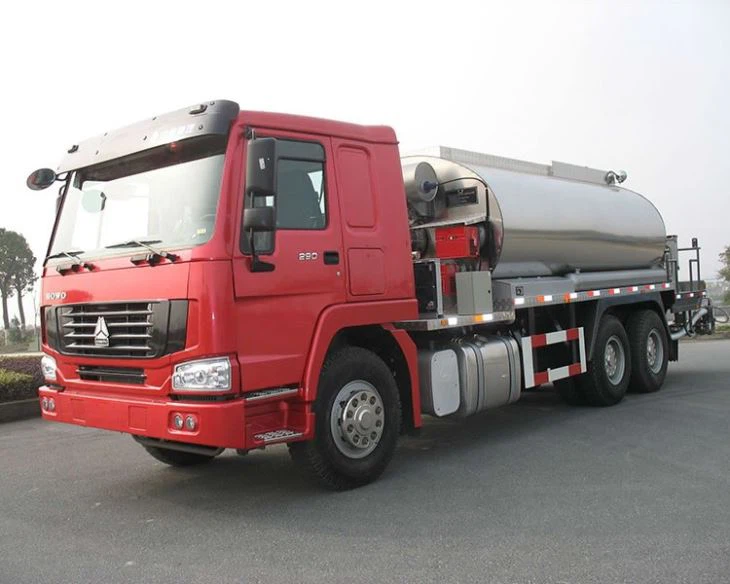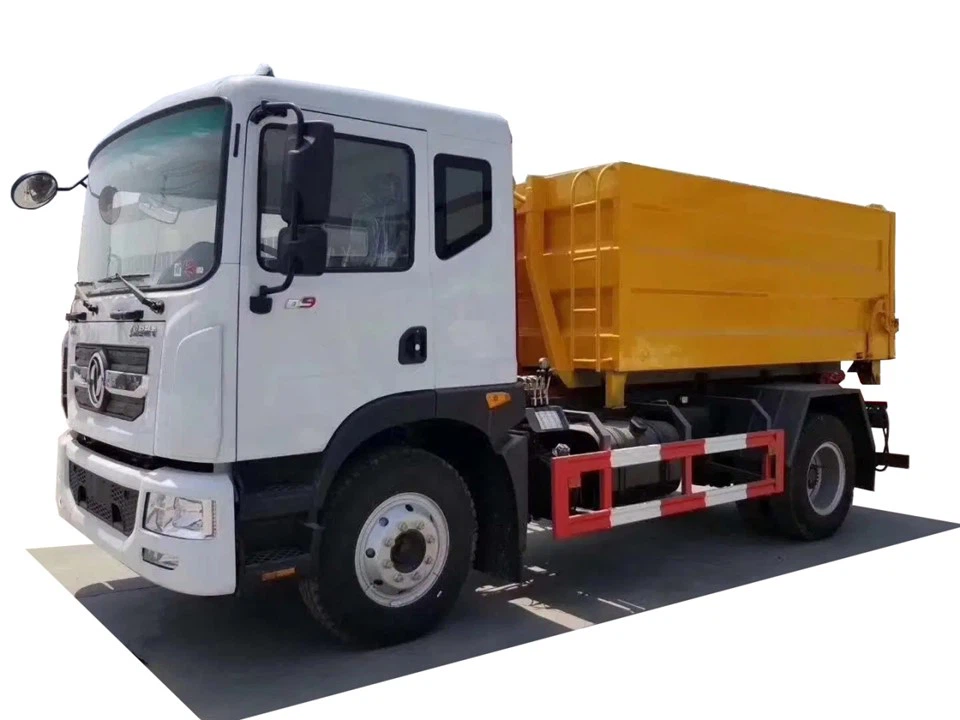Understanding Water Truck Capacity: Everything You Need to Know

Water trucks are an essential piece of equipment in various industries, ranging from construction to agriculture. Understanding the capacity of these trucks is crucial for maximizing their efficiency and utility. This article delves into the details of water truck capacity, providing practical insights, examples, and frequently asked questions to help you grasp this important subject better.
What is Water Truck Capacity?
Water truck capacity refers to the maximum volume of water that a particular truck can hold. This capacity is typically measured in gallons or liters and varies significantly depending on the truck’s design and purpose. Understanding this capacity is vital for operators and businesses relying on water transport.
Factors Influencing Water Truck Capacity
Several factors determine the capacity of a water truck:
- Truck Size: Larger trucks generally have a higher capacity.
- Tank Design: The shape and material of the tank can affect the volume it holds.
- Load Weight Limitations: Depending on the vehicle’s specifications, there may be legal load limits to consider.
Types of Water Trucks
Various types of water trucks are available, each suited for different applications. Here are some of the most common types:
1. Standard Water Trucks
These are versatile trucks equipped with a basic tank. They are commonly used in construction sites, landscaping, and dust control.

2. Water Tank Trailers
These are trailer-mounted tanks that can be towed by trucks. They are ideal for situations requiring high water transport capacity.
3. Fire Fighting Water Trucks
Specifically designed for firefighting, these trucks come with additional pumps and hoses for rapid deployment during emergencies.
4. Agricultural Water Trucks
Used primarily in farming, these trucks are tailored for irrigation and transporting water to livestock.
5. Vacuum Water Trucks

These trucks feature a vacuum system to remove water and liquids from various locations, like construction sites or septic systems.
Measuring Water Truck Capacity
Accurately measuring water truck capacity is vital for effective usage. Here’s how you can do it:
1. Volume Measurement
The most straightforward method is to fill the tank and measure the amount of water it can hold using calibrated gauges.
2. Manufacturer Specifications
Most manufacturers provide specifications indicating the maximum capacity of their trucks. Always consult the manual for accurate information.
3. Calculating Tank Dimensions
For cylindrical tanks, you can calculate capacity using the formula:
Volume = π × radius² × height
Practical Examples of Water Truck Capacity
To give you a clearer picture of how capacity works in real-life scenarios, here are some practical examples:
Example 1: Construction Site
A construction company uses a standard water truck with a capacity of 3,000 gallons to control dust. With an average job requiring 1,500 gallons per day, they can refill their truck twice before needing to return to their water source.
Example 2: Agriculture
A farmer utilizes a 1,200-gallon tank trailer to irrigate crops. This capacity allows for watering a 5-acre field efficiently, ensuring that the crops receive adequate moisture without making multiple trips.
Example 3: Fire Emergency
A fire truck equipped with a 1,500-gallon tank arrives at a fire scene. This truck can deliver substantial water to the flames quickly, potentially saving the structure from severe damage.
Choosing the Right Water Truck for Your Needs
Selecting the right water truck is vital for meeting your specific needs. Consider the following criteria:
1. Capacity
Choose a truck that can meet your daily water transport requirements without excessive delays due to frequent refills.
2. Application
Consider the specific use case, such as construction, firefighting, or agriculture, to determine the best type of truck.
3. Regulations
Be aware of local regulations regarding weight limits and emissions to ensure compliance and safety.
4. Budget
Evaluate your budget and consider the long-term operational costs associated with the truck.
Maintenance Tips for Water Trucks
Proper maintenance can extend the life of your water truck and ensure optimal performance. Here are some essential tips:
1. Regular Inspections
Perform routine checks on the tank, hoses, and pumps to ensure everything is in good working condition.
2. Clean the Tank

Regularly clean the tank to prevent contamination and sediment buildup, which can affect water quality.
3. Monitor for Leaks
Check for leaks regularly, as this can lead to loss of capacity and wasted resources.
Cost Considerations for Water Trucks
Understanding the costs associated with water trucks is essential for budget planning. Factors that affect overall costs include:
1. Purchase Price
The initial cost of the truck can vary widely based on the type and capacity opted for.
2. Maintenance Expenses
Regular maintenance can add to operational costs, so budget accordingly.
3. Fuel Costs
Consider the truck’s fuel economy when calculating long-term costs. Larger trucks typically consume more fuel.
Environmental Considerations
Water trucks play a significant role in various industries, but their use also brings environmental concerns:
1. Water Source Sustainability
Ensure that water is sourced sustainably and does not deplete local water reserves.
2. Emission Standards
Stay compliant with emissions standards to minimize the environmental impact of your water truck.
3. Efficiency Improvements
Consider investing in newer models that offer better fuel efficiency and lower emissions.
Frequently Asked Questions (FAQ)
1. What is the average capacity of a water truck?
The average capacity of a standard water truck is between 1,000 to 4,000 gallons, although larger trucks can hold much more.
2. How do I calculate the water truck capacity in liters?
To convert gallons to liters, multiply the gallon capacity by 3.78541. For example, a 2,000-gallon tank holds approximately 7,570 liters.
3. Can I use a water truck for other liquids?
Yes, many water trucks can transport non-hazardous liquids. However, ensure the tank is cleaned thoroughly between uses to prevent contamination.
4. How often should I maintain my water truck?
It’s recommended to conduct maintenance checks every 1,000 miles or at least once a month, depending on usage.
5. Are there regulations I need to be aware of when using a water truck?
Yes, regulations can vary by location but generally involve weight limits, emissions standards, and safety requirements. Always check local laws.
6. How can I increase the efficiency of my water truck operations?
To increase efficiency, consider proper scheduling, regular maintenance, using GPS for route optimization, and investing in newer, more efficient trucks.
